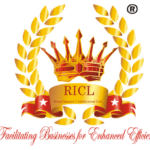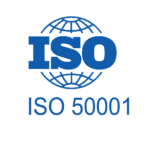Who should implement ISO 31000 standards for risk management?
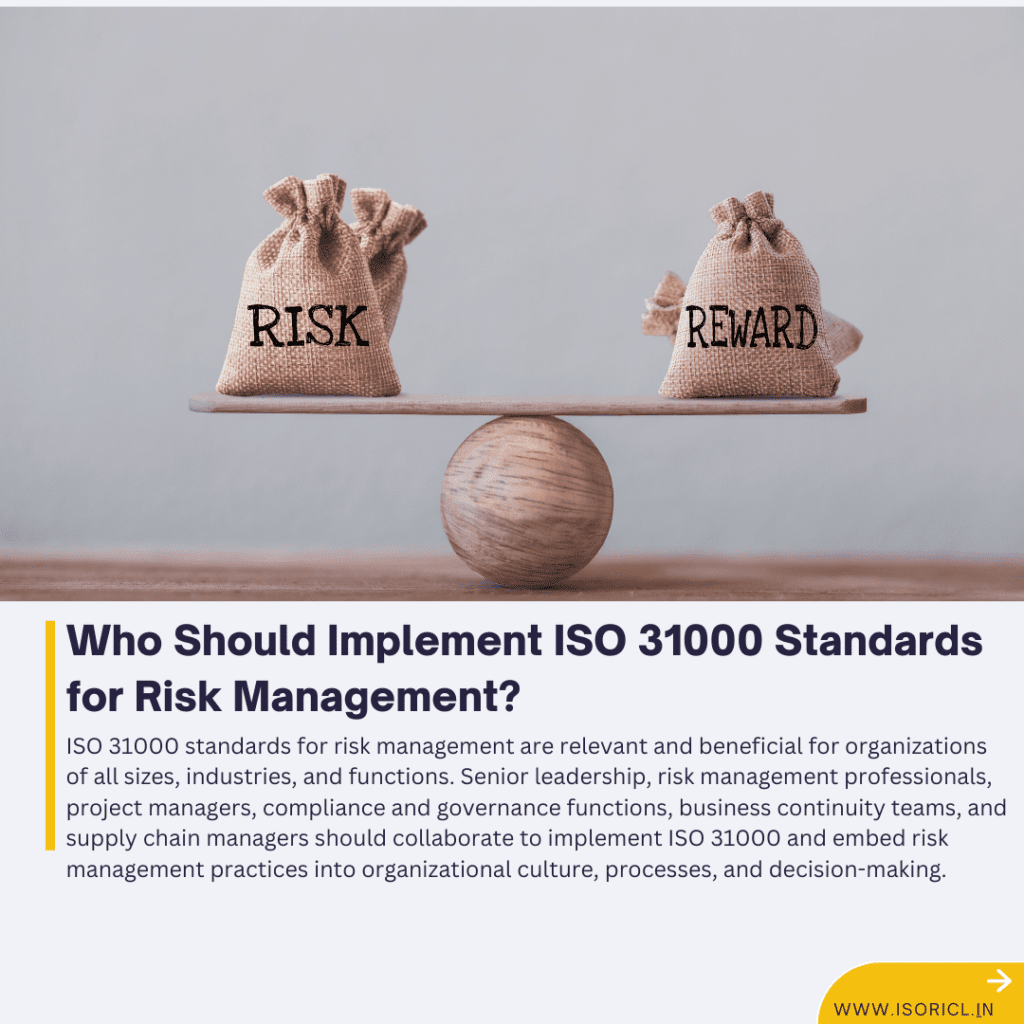
ISO 31000 provides guidelines and principles for effective risk management that can be applied to any organization, regardless of size, industry, or sector. The standard is designed to help organizations systematically identify, assess, treat, and monitor risks, thereby enhancing their ability to achieve objectives and make informed decisions. Here’s a breakdown of who should implement ISO 31000 standards for risk management:
1. Organizational Leadership and Senior Management
Strategic Decision Makers: Senior executives and organizational leaders should champion the implementation of ISO 31000 standards. They set the tone for risk management practices, allocate resources, and ensure alignment with organizational goals and objectives.
Risk Governance: Establish risk governance structures and frameworks to oversee risk management activities, monitor risk exposure, and make strategic decisions based on risk assessments and insights derived from ISO 31000 principles.
2. Risk Management Professionals and Specialists
Risk Managers: Dedicated risk management professionals or specialists are responsible for implementing ISO 31000 within their organizations. They facilitate risk assessments, develop risk registers, and coordinate risk treatment plans across departments and functions.
Training and Expertise: Ensure risk managers possess the necessary training, qualifications, and expertise in risk management methodologies and ISO 31000 principles. They guide stakeholders in applying risk management frameworks effectively.
3. Project and Program Managers
Project Risk Management: Project and program managers integrate ISO 31000 principles into project planning, execution, and monitoring phases. They identify project-specific risks, assess their impacts on project objectives, and implement risk mitigation strategies.
Risk-Based Decision Making: Use risk assessments and evaluations to inform project decisions, resource allocation, scheduling, and stakeholder communications. Implement contingency plans to address potential disruptions and ensure project success.
4. Operational and Functional Departments
Operational Risk Management: Operational departments, such as finance, operations, supply chain, and IT, should implement ISO 31000 to manage operational risks effectively. They identify risks related to processes, systems, compliance, and business continuity.
Risk Integration: Integrate risk management into daily operations, policies, procedures, and workflows. Foster a risk-aware culture where employees understand their roles in identifying, reporting, and mitigating risks to support organizational resilience and performance.
5. Quality and Compliance Teams
Quality Management Systems: Quality assurance and compliance teams align ISO 31000 with existing quality management systems (QMS) and compliance frameworks. They ensure risk management practices meet regulatory requirements and industry standards.
Auditing and Assurance: Conduct internal audits and assurance reviews to evaluate the effectiveness of risk management controls, identify gaps, and recommend improvements based on ISO 31000 guidelines.
6. Board of Directors and Governance Committees
Risk Oversight: Boards of directors and governance committees provide oversight and governance of risk management activities. They review risk management policies, procedures, and reports to ensure alignment with strategic objectives and regulatory expectations.
Risk Appetite and Tolerance: Define risk appetite and tolerance levels to guide risk management decisions and prioritize risk mitigation efforts. Boards ensure risks align with organizational values, ethics, and long-term sustainability goals.
7. All Employees and Stakeholders
Risk Awareness and Training: Promote risk awareness among all employees through training programs, workshops, and communication channels. Empower employees to identify, assess, and escalate risks that may impact organizational objectives or operations.
Collaborative Approach: Foster a collaborative approach to risk management where stakeholders across the organization contribute to risk identification, assessment, and mitigation efforts. Encourage transparency and communication to address risks proactively.
Conclusion
ISO 31000 standards for risk management should be implemented by a cross-functional team comprising organizational leadership, risk management professionals, project managers, operational departments, quality and compliance teams, governance bodies, and all employees. By adopting ISO 31000 principles, organizations enhance their ability to anticipate and mitigate risks, improve decision-making processes, achieve strategic objectives, and foster a resilient and adaptive organizational culture.
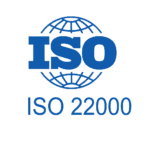
ISO 22000
Food Safety Management System

HACCP
Hazard Analysis and Critical Control Points
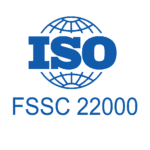
FSSC 22000
Food Safety Management Certification Scheme
ISO 22301
Business Continuity Management Systems
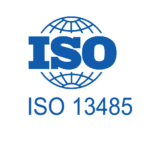
ISO 13485
Quality Management For Medical Device
ISO/IEC 27001
Information Security Management System
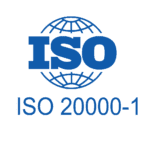
ISO 20000-1
Information Technology Service Management
ISO 42001
Artificial Intelligence Management System
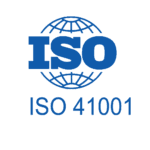
ISO 41001
Facility Management System
ISO 21001
Educational Organizations Management System
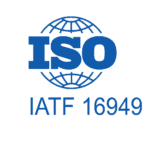
IATF 16949
Quality Management For Automotive
TL 9000
Quality Management System for Telecom
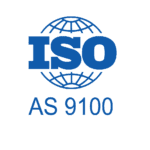
AS 9100
Quality Management for Aerospace Industry
ISO 30000
Ship Recycling Management System
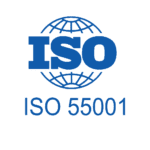
ISO 55001
Asset Management System
